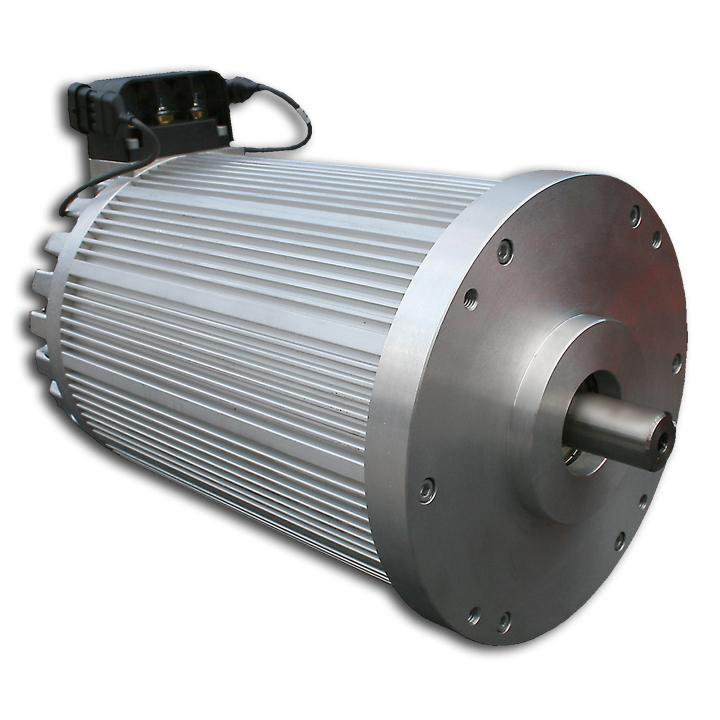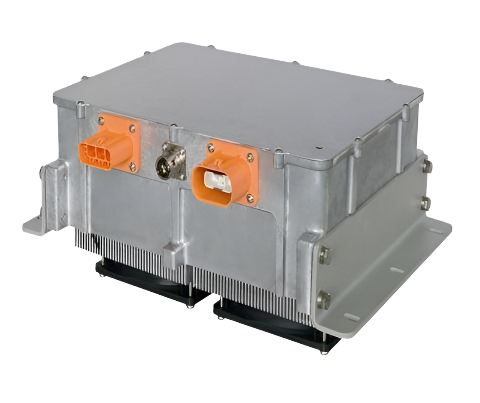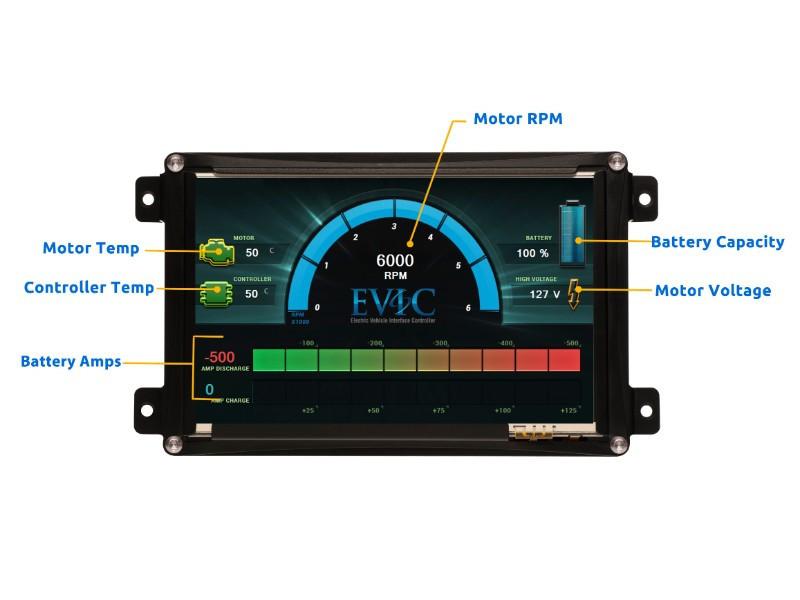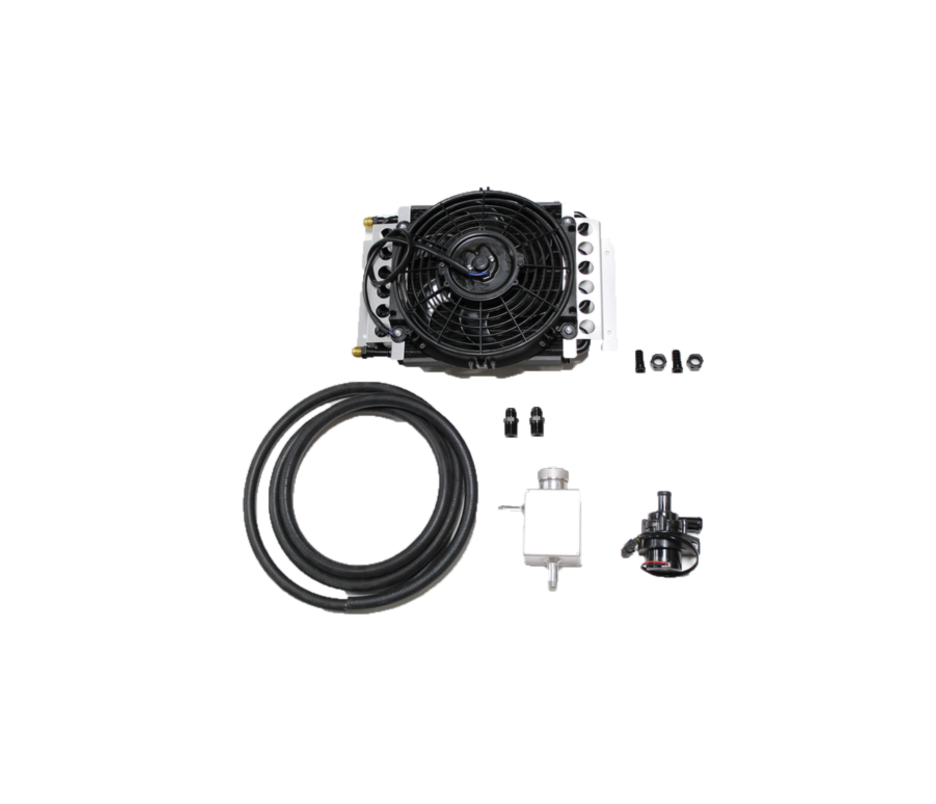General Electric Vehicle FAQ
What is an EV, a hybrid, an ICE and an electric car?
ICE is an internal combustion engine, or gas engine as found in your local streets every day. Also includes natural gas engines.
An EV is an Electric Vehicle, which include electric motor cycles, electric three wheeled trikes, electric boats, electric planes, electric bicycles and so on. Electric Cars are also EVs, and the two terms are used interchangeably.
A hybrid is a vehicle that uses both a ICE component and an Electric component to drive the vehicle. Example: Toyota Prius, Honda Insight, Chevy Volt.
Isn't the Chevy Volt an Electric Car?
Almost, but no. The Chevy Volt drives the wheels with the electric motor, yes. However, the presence of the gasoline component disqualifies the Volt from the EV category.
Do Electric Cars use gas?
No. Electric cars use zero gas. However hybrid cars use both electricity and fuel.
How is an Electric Car charged?
Standarized J1772 plugs allow for easy charging between factory electric vehicles or converted vehicles. Charging can be done at home with a charging system or at a charging station if you are lucky enough to have one near you.
Doesn't that increase the electric bill?
Yes, but not by much. Electricity costs less than gasoline for fuel. Depending on current prices in your area, electricity fuel can cost from 1/5 to 1/10 that of gas.
Does it take a long time to charge?
Longer than a gas fill-up, yes. Like a cell phone, EVs typically charge at night when not in use. Most EV owners find this is much more convenient than routinely stopping at the gas station.
How far can an Electric Car go?
Depends. At the moment, (2013) Nissan's Leaf drives about 80 miles (realistically). When you build or convert to an EV, this is fully customizable. Most conversions are around the 40 to 60 mile range.
Why such a short range?
EVs batteries, which largely determine range, represent a majority portion of the cost of the vehicle. Most EVs are built to handle the daily driving of the owner.
What if I want to go farther? How will I drive to the next state?
You can plan to charge your vehicle at quick charge stations or bring a charger with you and charge it at your overnight stops. However this can be quite limiting.
Aren't EVs slow?
While some are slow, there are also slow combustion vehicles. Some are very fast and accelerate extremely quickly due to their instant torque. Just like in combustion vehicles you can choose how much speed you want and what fits your budget.
Can EVs be used as trucks, to haul stuff?
Yes. EVs can have plenty of torque and horse power with which to haul additional load. There are many Chevy S-10 or Ford Ranger conversions that retain the use of the bed and trailer hitch capabilities. Long range, and heavy load trailing is rarely done today, as it requires more batteries and drives up the cost considerably.
Should I drive an EV?
If you are like 90+% of Americans who drive about 29 miles in one day of simple commuting, then I would recommend an EV for you. They are cheaper, faster, cleaner, and have much lower maintenance costs.
Why doesn't everyone drive an EV?
Charge times, range limitations, and possibly funny looking cars are all simple concerns that can be easily overcome. I find the real obstacles are initial price and individual pride. People inherently resist change, and especially don't enjoy being told of a better alternative that they didn't find on their own.
If I don't want to buy an EV, can I build one?
Absolutely! It is our goal at EV Source to provide everything you will need to convert your gas car into a wonderful electric machine. The next step I would recommend is visiting our Conversion FAQ section to see if conversion is right for you.
EV conversion FAQ
Still in the curiosity phase, the following Electric Car Conversion FAQ is designed to answer common question before the conversion is ever planned.
How much time does it take to convert?
For the hard labor this depends on several important factors: electrical experience, mechanical experience, planning, and the tools available. It's been estimated at about 200 hours, including design time. A prepared professional can perform a simple conversion in a few days.
What do I need to study?
Our learning center is aimed at giving you all the conversion principles you will need to convert your own car. Nothing compares to actual experience, so try and find someone near you with a conversion that wants to talk about it. I can promise you that they WILL want to talk about it.
Is converting a car hard?
There is a fair learning curve, but once you have an understanding of the components and techniques necessary to convert it isn't too difficult and there are lots of good resources to learn from.
What kind of car should I get to convert?
This is completely dependent on your needs/wants. Generally, a light aerodynamic car will have great range potential, whereas heavy classic cars require more batteries to get moving. Small trucks are common conversions, as they are easy to work with.
I have a nearly broken vehicle, can I convert that?
Sure you can, but it may not be the best conversion. It is often worth it in the long run to find, and buy a different car rather than using your current car solely because it is available. It certainly looks great to the neighbors to say that you have converted that old car you had, but it can cause a lot more headaches than it is worth.
What parts do I need?
Check out the Parts FAQ to find out what they do.
How far/fast will my conversion go?
You can go as far, or fast as your vehicle budget and spacial constraints allow. Some vehicles have great range while others are designed to go very quickly for a short period of time. We would be happy to discuss the components that will yield the perfect speed, range, and budget compromise.
How much does a conversion cost?
Conversions are built to the custom needs of the owner, so this is very difficult to answer. For a small, simple conversion with a modest range, this can be done for $13,000 to $16,000. For a larger vehicle with a longer range, start saving roughly $19,000 to $24,000.
Can I add a solar panel on the car to increase the range?
You can make a solar panel carport, which can absorb all day and charge the vehicle at night. But putting the panel on the car itself will produce a negligible increase in range.
Can I make my car go farther by adding a gas generator?
This is not recommended. Using an inefficient generator in order to power an electric car would subvert the efficiency, affordability, maintainability, simplicity, and quietness of the electric car.
Can I add a wind turbine, or a dynamo to make electricity as I drive?
No. Since moving the car is the goal, a wind turbine or dynamo consumes more energy in drag and friction than it can produce.
Does a conversion keep the original transmission?
Usually, yes. Keeping the transmission allows for the vehicle to be used more efficiently, especially at high speeds. Other conversions yank the transmission in favor of a direct drive motor. This increases torque and performance, but limits the efficiency.
What about power brakes, power steering and air conditioning?
The gas engine provided power to these belt driven components in the past. We have electrically powered replacements or adapter plates to keep them belt driven.
What kind of batteries should I use?
There are two main types: Lead-Acid and Lithium. Lead Acid is cheaper, but heavier, messier, dies earlier, and requires more maintenance. Lithium is more expensive, but lighter, cleaner, lasts longer and requires no maintenance. Lithium is used in most conversions these days.
What motor should I use? What kind of controller?
The largest determinant of range and speed is the batteries. The motor and controller should be rated to handle the energy given to it from the batteries. First decide the batteries you'll need, then decide the controller and motor.
How do I choose batteries?
Give us a call and we can help you decide what system will work best for you.
How do I mount all of these components into the car?
Mounting is largely custom and will require reading mounting instructions for each product.
How much will the car weigh when it's done?
On average, around the same as it did with the ICE parts inside. For this reason the original curb weight is used to make estimations on range, speed etc.
Will cold weather effect the car?
Yes. Cold weather slows the chemical stuff in the batteries, resulting in decreased range most notably. Just like a gas car, the counter to this is a warming plate or block heater.
Parts FAQ
This parts FAQ is intended for those looking to understand what EV components do, at a simplified level.
Motor
The Motor turns the wheels, usually the transmission. The smooth shaft of the motor (the part that turns) is connected via an Adapter Plate to the original transmission, which then turns the wheels of the car. A direct drive motor (such as a NetGain TransWarP) couples the motor to the driveshaft itself, without the need of a transmission or adapter.
Motor Blower/Forced Air Cooling
The Blower keeps the motor cool and clean, prolonging the life of the motor and ensuring safe and comfortable use.
Controller
The controller controls the amount of battery power sent to the motor. The motor is a simple machine that only has on or off functionality. The controller sends signals to the motor to turn off and on at differing frequencies to attain the desired speed.
Controller Cooling
A controller runs an immense amount of power through it, and like a computer, needs to be cooled in order to operate.
Throttle
The throttle interprets the pull from the gas pedal into information that the controller can understand. some throttles such as the curtis potbox require an analog cable, others, such as the Hall Effect Pedal, relay the information without mechanical equipment.
Batteries
Batteries store all the power that a vehicle has to use.
Charger
A charger recharges the batteries at an electrical outlet.
Contactor
A contactor is a safety device separating the power between the motor and batteries. Turning the ignition key connects poles of metal in the contactor, enabling power to run from the batteries, through the controller, and to the motor.
Fuses
A Fuse is linked between each electric component and the source of power to prevent surges of electricity from reaching (and damaging) the component and wiring.
Breakers
A breaker serves the same function as a fuse, except a fuse must be replaced after it is damaged by a surge, whereas a breaker (ironically) can be reset and used again.
DC/DC Converter
A DC/DC Converter is required to operate the functions that originally ran from the alternator. Such as head lights, radio, windows, etc.
Brake Pump
Power Brakes are retained by the use of an electric vacuum pump. Likewise with the power steering pump.
Speed Sensor
A speed sensor measures the rotations of the motor shaft, enabling calculations to be made for speed.
Display
The original dash does not have a place for volts, amps, peak amps, etc. The display shows you all of this information.
Battery Management System
The individual batteries in the pack will have slightly different voltages. A BMS helps to report and regulate the voltages in the pack to charge or discharge equally.
Others:
Lead-Acid vs. Lithium
Lithium cells weigh less, provide more power, require less maintenance, and take up less space. Lithium cells are now available to the public at reasonable prices, making them hugely popular in the EV scene.
Series Motors
Two motors can be linked in one vehicle to attain better performance.
Cable
High voltage cable is needed to wire the batteries to the controller, and the controller to the motor. Other components use low current wires to connect to the power source.



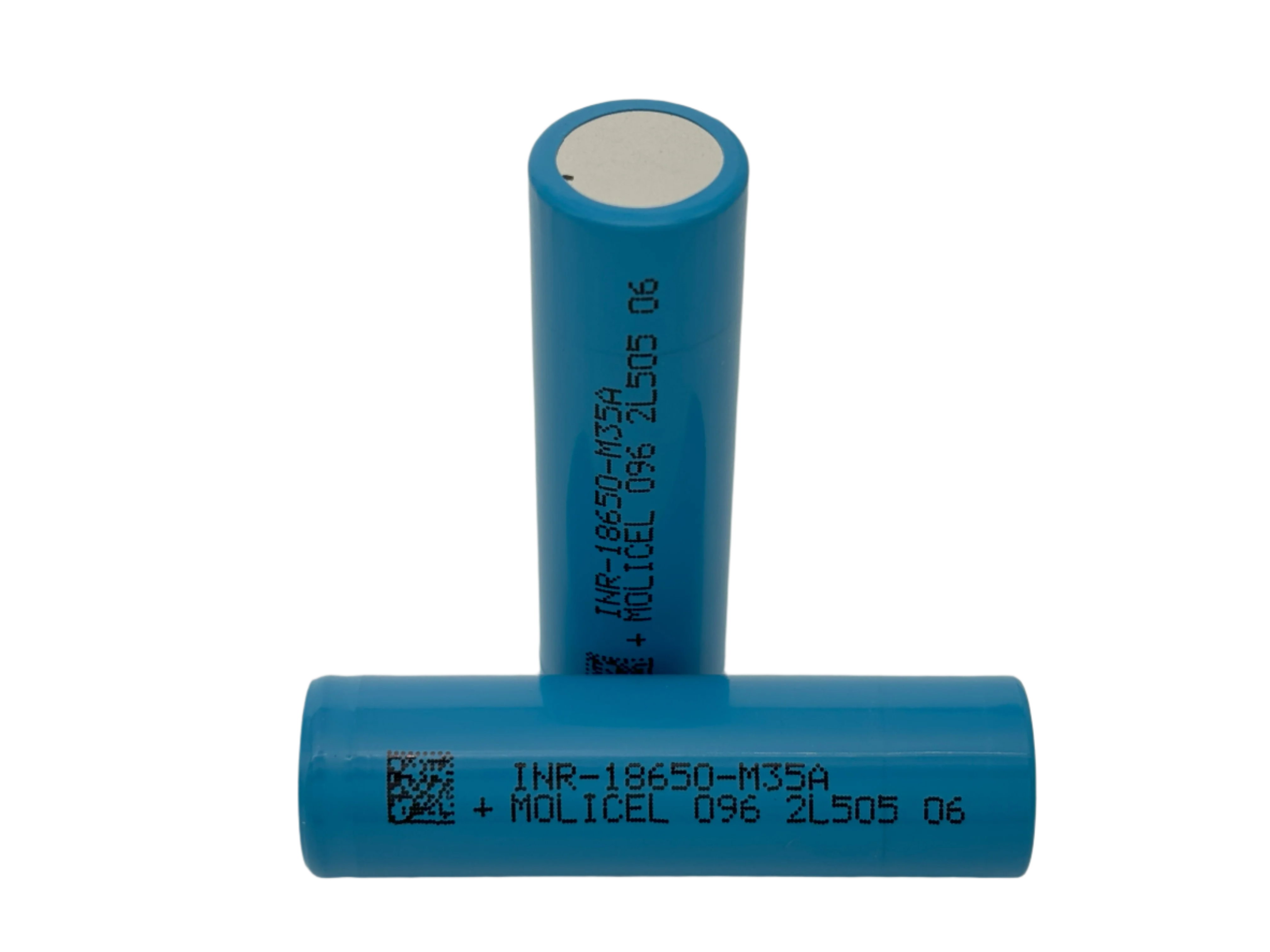

![[Chargers] - EVolve Electrics](http://evsource.com/cdn/shop/products/Orion_JR2_42794065-3572-4b32-b494-a1eb57feb98c.jpg?v=1599687332&width=768)





